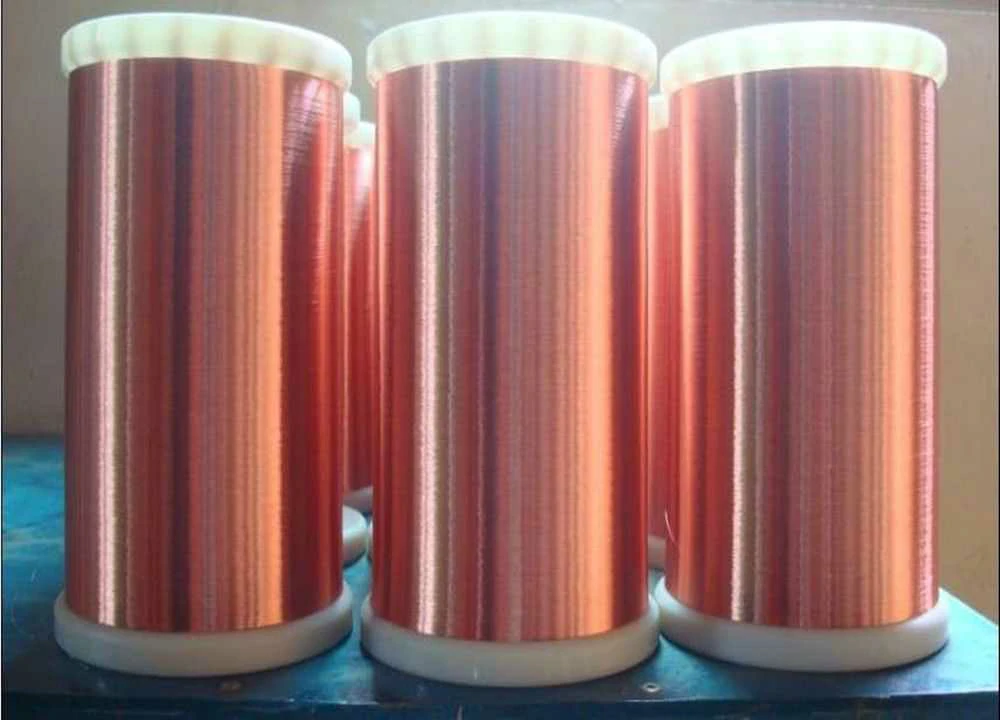The principle structure and characteristics of the input liquid level gauge
Introduction:
The input liquid level gauge is a crucial instrument used in various industries to measure and monitor the liquid levels in storage tanks, vessels, and pipelines. It plays a vital role in maintaining the efficiency and safety of the industrial processes. This article aims to provide a comprehensive understanding of the principle structure and essential characteristics of the input liquid level gauge.
Principle Structure:
The input liquid level gauge consists of several key components that work together to accurately measure the liquid level. These components include:
1. Probe: The probe is the primary sensing element of the gauge, usually made of stainless steel or other corrosion-resistant materials. It is inserted into the tank or pipeline and detects the liquid level through various methods, such as capacitance, ultrasonic, or pressure.
2. Transmitter: The transmitter is responsible for converting the measurement signal from the probe into a usable form. It amplifies and conditions the signal before transmitting it to the control system or display unit.
3. Control System/Display Unit: This component receives the measurement signal from the transmitter and interprets it to provide real-time information about the liquid level. It may include a digital display, alarms, and other features for monitoring and control purposes.
Characteristics:
The input liquid level gauge possesses several essential characteristics that make it highly reliable and versatile. Some of these key characteristics are as follows:
1. Accuracy: One of the critical characteristics of the input liquid level gauge is its accuracy. It can provide precise measurements even in challenging environmental conditions, ensuring consistent and reliable readings for process control and safety.
2. Durability: The gauge is designed to withstand harsh industrial environments, including high pressures, extreme temperatures, and corrosive substances. Its robust construction and high-quality materials ensure long-term durability and minimal maintenance requirements.
3. Versatility: The input liquid level gauge is compatible with a wide range of liquids, including water, oil, chemicals, and liquefied gases. It can be used in various industries, such as oil and gas, chemical processing, pharmaceuticals, and food and beverage.
4. Safety: Safety is an inherent characteristic of the input liquid level gauge. It provides real-time monitoring of the liquid levels, allowing operators to take immediate actions in case of any abnormal conditions or emergencies. The gauge can also incorporate safety features like alarms and shut-off valves to prevent overflows or spills.
5. Remote Monitoring: With advancements in technology, many input liquid level gauges now offer remote monitoring capabilities. This feature enables operators to monitor and control the liquid levels from a central location, enhancing operational efficiency and reducing manual intervention.
Conclusion:
The input liquid level gauge is an essential instrument used in industrial processes to measure and monitor liquid levels accurately. Its principle structure, consisting of a probe, transmitter, and control system/display unit, ensures reliable and precise measurements. The gauge’s key characteristics, including accuracy, durability, versatility, safety, and remote monitoring capability, make it an indispensable tool in various industries. As industries continue to evolve, the input liquid level gauge will undoubtedly play a crucial role in ensuring efficient and safe operations.
.webp)



